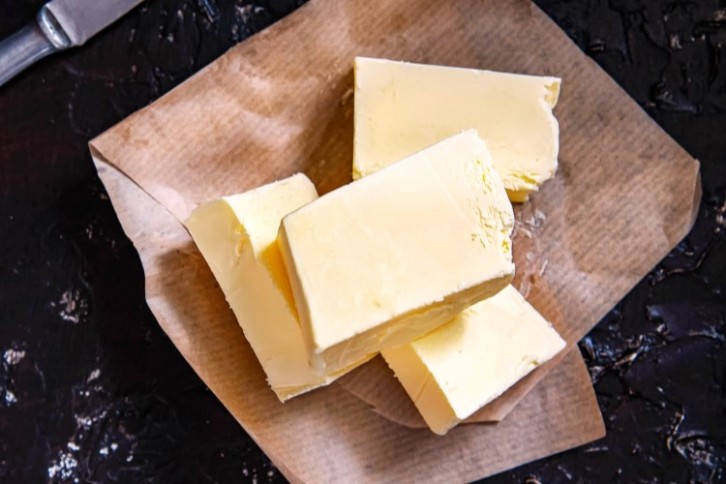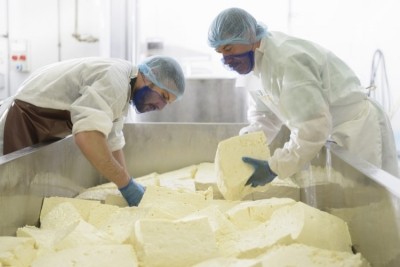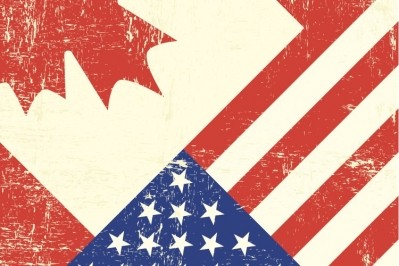US butterfat is experiencing a resurgence – and trade opportunities await

Strong domestic demand has long meant that the US doesn’t export much of its butterfat. But with strong butterfat imports, trading abroad could offer new avenues to American producers.
According to US Dairy Council data from February 2023, in 2022 US suppliers had their best year for butterfat exports since 2013. Sales rose 43% to 81,721mt, led by triple-digit gains to Canada and Mexico. Shipments to Canada more than doubled (+18,345mt), while exports to Mexico grew more than four-fold (+11,173mt). There were also strong increases to South Korea (+153%, +5,253mt ) and Bahrain (+38%, +2,457mt).
For dairy farmers, while some of them face supply caps on milk, there isn’t such a limit constraining the supply of solids shipped from each farm, including butterfat.
According to an analysis by CoBank lead economist for dairy Corey Geiger, butterfat production has also outpaced milk in the last decade in growth terms, with a 15% gain for milk and 27% for butterfat. Feed and genetic selection have also played a part in this, he claims. “Today the supermajority of dairy farms breed their cows and heifers via artificial insemination from cryogenically frozen bull semen. And according to the National Association of Animal Breeders (NAAB), the trade association for the artificial insemination companies, 89.9% of U.S. semen sales were from Holstein bulls and another 9% were Jersey sires when the butterfat boom began in 2010.”
By 2022, the share of Holstein bulls has shrunk to 81.5% while Jersey has grown to 15.3%. While Holsteins are still the dominant breed, they are genetically screened for specific traits – Geiger says there’s evidence that an increasing number of farmers are selecting for the trait relevant to breeding values for milkfat percentages.
Trade opportunities abound
For butter manufacturers, the US has been an important market. Imports of Irish butter, which contains 82% butterfat vs 80% in US butter, have been market drivers for the growth of butterfat imports in the past decade, with Geiger noting that these have increased 10-fold, from 10.2m lb in 2011 to 105.8m lb by 2022.
But there are also export opportunities for US producers – at least if they can compete on price. According to Geiger, the US exported just under 6% of its milk production as dairy products when measured on a milk-fat basis in 2022 – and 23.4% on a skim solids basis after butterfat had been skimmed. “. In addition to producing enough supply of butterfat, the other hurdle for exports is that US butterfat prices are often the highest among major dairy-export regions. That makes domestic markets the first opportunity to fulfil when it comes to filling butterfat markets.”
Geiger concludes that premiumization, flavor and format innovations such as butter blends and butter for sharing occasions, can bring value to producers and processors. He concluded: “The long-term demand trends for dairy products indicate butter, cheese, cream in upscale coffees, ice cream, frozen desserts, and other nutrient-dense dairy products will continue to grow sales volume both in the United States and the world as more people realize middle-class incomes. Given those projections, the upward climb in butterfat levels in farm milk will continue to grow.”








